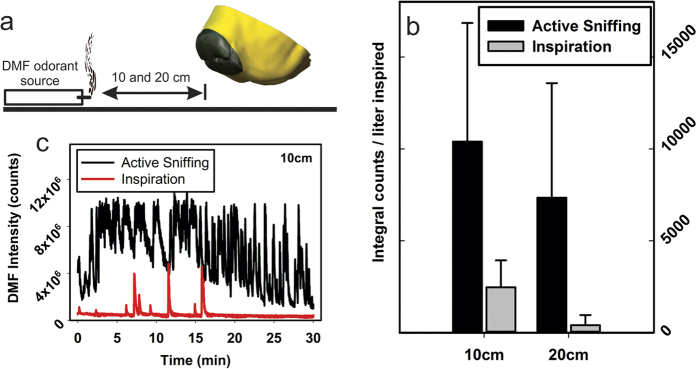Figure 3. Sampling efficiency of DMF vapor by the 3D printed dog’s nose during active sniffing versus steady inspiration measured via ambient ionization mass spectrometry.
(a) Illustration of the experiment. (c) Representative signal responses from the mass spectrometer comparing DMF signal intensity at 10 cm for active sniffing versus steady inspiration. (b) Total mass spectrometer response intensity, calculated as the integrated area under each curve, normalized by the total volume of inspired air for each experiment shows that active sniffing results in a significantly higher normalized response intensity compared with steady inspiration. The error bars are the standard deviation three sampling experiments for each case and are representative of the natural variance of the plume dynamics generated at the DMF vapor source. The improvements in DMF vapor detection performance (sniffing vs. steady inspiration) were approximately a factor of 4 at a standoff distance of 10 cm, and a factor of 18 at a 20 cm standoff distance.

